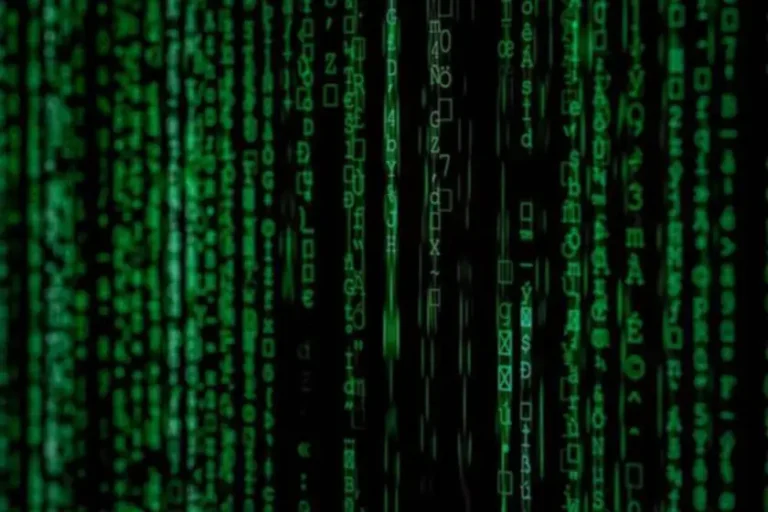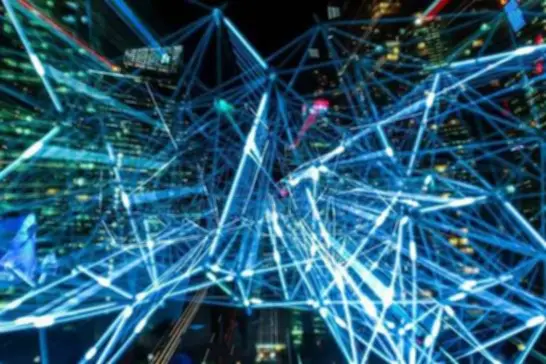Synthetic Intelligence refers back to the simulation of human intelligence in machines. AI systems are designed to perform tasks similar to studying, reasoning, problem-solving, and understanding language. It has numerous functions across industries like healthcare, finance, and entertainment. Over the many years, the sector of AI has evolved considerably, with the development of various methods and technologies, similar to machine studying, deep learning, and natural language processing. The Eighties and 1990s saw a surge within the recognition of professional techniques, which have been designed to imitate the decision-making process of human specialists. Synthetic Intelligence encompasses a variety of technologies, together with machine learning, pure language processing, pc vision, and robotics.

It Ain’t Your Father’s Tech Employer Anymore: The Shift In Job Safety And Workplace Tradition

As we delve deeper into the realm of synthetic intelligence, the question of whether AI systems are capable of being self-aware arises. While AI possesses the power to assume and process data at unimaginable speeds, the concept of self-awareness goes beyond mere intelligence. Nevertheless, others believe that it’s potential for AI to own a type of saas integration sentience.
Nonetheless, the elemental differences between AI and human consciousness spotlight the distinctive attributes that make us human. Moreover, the philosophical debate in regards to the nature of consciousness in people extends to AI. Some philosophers argue that consciousness is not solely depending on organic structures, and due to this fact, it’s attainable for AI to attain a type of sentience. However, this notion stays extremely debated and lacks consensus within the scientific group.
Playground AI refers to experimental or beginner-friendly environments where users can discover and interact with AI technologies. It typically includes tools or platforms designed for educational purposes or creativity with AI. Bing makes use of AI in several features similar to enhanced search algorithms, customized search experiences, and Bing Image Creator, which allows customers to generate pictures utilizing AI fashions. Of course, that is an addition to standard good engineering practices like constructing sturdy fashions, validating them, and so forth, which is all a bit tougher with AI.
Cohen says technology can streamline immigration processes, improve national safety, and address fraud whereas making certain that countries remain welcoming locations for respectable asylum seekers and financial migrants. In order for AI to truly be self-aware, it will have to find a way to what are the limits of ai go beyond its programming and develop a way of self. It would wish to have the power to query its personal existence, have a subjective experience of the world, and possess consciousness.

When it involves AI for higher patient care, which is what we often take into consideration, there are few authorized, regulatory, and financial incentives to do so, and a lot of disincentives. Nonetheless, there’s been sluggish however steady integration of AI-based tools, typically in the type of threat scoring and alert systems. I suppose a key factor that future engineers need to comprehend is when to demand input and the way to speak throughout disciplinary boundaries to get at usually difficult-to-quantify notions of security, fairness, fairness, and so forth. First, I Am Going To say that the want to perceive the basics of AI and information science starts much sooner than higher education! Children are being uncovered to AIs as quickly as they click on on videos on YouTube or browse picture albums.
Forms Of Ai (artificial Intelligence)
- It merely suggests that the machine can mimic human conduct and have interaction in intelligent conversation.
- Gates carry out fundamental logical operations using binary inputs to provide binary outputs — you’re in all probability familiar with the logical AND, NOT, XOR or NAND.
- AI algorithms are skilled to acknowledge patterns and make predictions primarily based on the info they obtain.
- By understanding this boundary dissolution, we are able to interact with AI extra consciously.
While AI can analyze and interpret knowledge, it struggles to understand and reply to human emotions. Feelings are complicated and nuanced, influenced by a range of things similar to private historical past, cultural context, and individual variations. For instance, AI chatbots could possibly present helpful information and reply basic questions, but they usually fail to understand the emotional state of the person they are interacting with. In conditions that require empathy, compassion, or emotional support, human judgment and understanding are essential.
The Limitations Of Ai: Understanding The Boundaries Of Synthetic Intelligence
No synthetic intelligence shall be proactive and transcend the limits of its program. At present, all intelligent machines have failed the Turing take a look at, an experiment designed to show https://www.globalcloudteam.com/ that a machine can impersonate a human being. The human mind is endowed with billions of nervous combinations, making it able to adapting and using its surroundings, its expertise and that of the folks around it.
In conclusion, AI and human consciousness are distinct entities that function on completely different rules. Whereas AI possesses synthetic intelligence and might perform superior tasks, it doesn’t possess sentience or self-awareness. Understanding and appreciating these differences will contribute to the accountable development and application of AI technology. Moreover, the lack of sentience in AI raises moral considerations relating to its use and impact on society.
Welcome to AI v the Thoughts, a new collection from the BBC that can explore the boundaries of artificial intelligence by pitting it against probably the most highly effective thinking machines on the planet – the human brain. For example, it mentions how algorithmic danger assessments might mitigate the human biases of judges. I think this comes from the truth that as AI tools have come into the mainstream — each in higher stakes and everyday settings — we are appropriately much less keen to tolerate flaws, particularly discriminatory ones.
Will AI surpass human intelligence, and if so, what implications would this have for our roles and contributions? The potential for AI to outperform humans in numerous duties raises considerations about mass unemployment and the need for redefined societal structures. As AI know-how continues to advance, there is a rising interest in developing AI methods that possess not only problem-solving abilities but also a type of sentience and self-awareness. While AI just isn’t presently sentient or self-aware, researchers are exploring methods to create AI that may perceive feelings, exhibit consciousness, and engage in significant human-like interactions. AI systems are programmed with the ability to purpose, utilizing logical processes and algorithms. They can analyze and interpret huge amounts of knowledge and make choices based on the patterns and correlations they uncover.